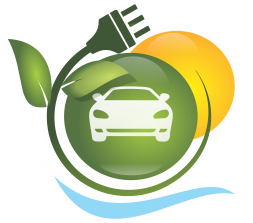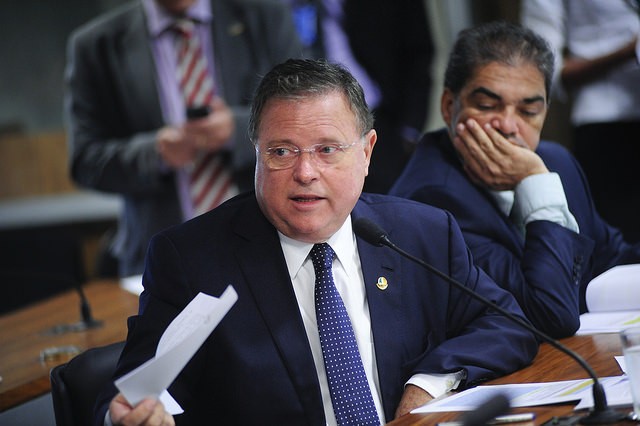Fonte: ANEEL
The Resolution No. 556, dated July 2nd, 2013, approving the Energy Efficiency Program Procedure – PROPEE
was published today (07/02) in the Official Gazette Normative.
The PROPEE was drawn up after extensive discussion, always aiming to provide maximum transparency to the process, in addition to incentives that maximize the results achieved by the EEP, from the viewpoint of energy efficiency. Here are the highlights:
* Incorporation of the obligation to perform Public Project calls, as from 24 (twenty four) months from the publication of the Normative Resolution, approving the PROPEE, aiming to increase the incentive to the participation of consumers and ESCOs, give more transparency to the decisions of the distributors in the carrying out of projects and prioritize investment, according to the market profile of each company, in accordance with the criteria defined by ANEEL;
* Increased incentive to undertake Energy Performance Contracts to consumers for financial gain. The program will cover the administrative activities and prospecting for new projects. Thus, the consumer will refund only the portion of the EEP that paid for the energy efficiency actions themselves;
* In order to increase the resource available for energy efficiency measures, as well as raise the commitment of customers served by PEE, expanding the results and sustainability of projects, incentives were introduced for contrast in PROPEE, where part of the cost of the project is paid by the consumer or a third party. The contrast is one of the criteria for selection of projects in the Public Call, and calculating the cost-benefit of the project will consider only the proceeds of the EEP, which will improve the economic viability of projects undertaken by consumer contrast;
* Considering that the distributed generation of electricity takes generation closer to charges, reducing the losses inherent in the transportation of energy (transmission and distribution) PROPEE has included the possibility of projects that consider the insertion of subsidized sources of energy together with energy efficiency measures in end use. The concept of encouraged source adopted in this procedure, is aligned with the current regulations of distributed generation, Normative Resolution 482/2012. It is understood, therefore, as the central power supplies connected to an electricity generator, with installed capacity less than or equal to 100 kW in the case of microgeneration, or with installed capacity greater than 100 kW and less than or equal to 1 MW, for the case of minigeneration, using hydro, solar, wind, biomass power or qualified cogeneration as regulated by ANEEL, connected to the distribution network through consumer units facilities.
* Further promotion of pilot projects, including greater flexibility in calculating the cost-benefit ratio. A project will be deemed as a pilot one if it’s promising, unprecedent or innovative in at least some aspect, including if it’s pioneering in the area of energy efficiency, thus trying to get experience to expand their range of application later on. A pilot project will be used to measure the benefits and costs of a new technology or measure the non-energy benefits (positive environmental impacts, use of inputs – water, in particular, improvement of quality, safety, etc..) of a particular energy efficiency action;
* To increase the reliability of project results, we propose improvements in the methodology for Measurement and Verification Results – M & V, since the resources will be recognized only after project completion and verification of the results based on minimum requirements for M & V;
* To facilitate the distribution conditions for efficient resource management and employee evaluation of efficacy or effectiveness of actions taken, each distributor may use part of the appeal of the EEP for their management, through the development of a Management Plan. The amount available per year for the Management Plan shall not exceed 5% of the annual investment required to PEE, calculated based on NOR, and calculated during the period January to December of the previous year, being limited to R $ 600,000.00 (six hundred thousand dollars) per year;
* Training and capacity building actions of technical and administrative staff who work in consumer benefit may be held; or the formation of culture in conservation and rational use of energy in communities or groups of customers served;
* With the objective of increasing the portion of population served by PEE, inducing change in consumer behavior in the purchase of home appliances, the bonus was added among the possible actions for residential projects, for equipments with PROCEL seal or, in the absence of equipment with the stamp market, label INMETRO. This method aims to increase the energy efficiency of residential units through the incentived purchase of more efficient appliances, thus sharing costs with the end consumer and expanding the scope of activities of the ESSP;
* To give publicity and transparency to the actions taken and the results achieved by PEE, aiming to disseminate the knowledge generated and practices, as well as the promotion of energy efficiency in all classes of consumers and end uses, it was considered mandatory to use the PEE logo. The purpose of the logo is to create a visual identity for the program, so that their actions and their results are disseminated and understood by society as instruments of public policy to stimulate energy efficiency in all classes of consumers and end uses. Therefore PROPEE contemplates the definition of conditions for compulsory use of the logo of the program linked to the actions performed in any publicity
The revision of the ESSP lasted nearly two years and involved the participation of expert advice, workshops and public hearing, in which 597 contributions were received. Check here for more information on the review of the Energy Efficiency Program. (SM / PG)








